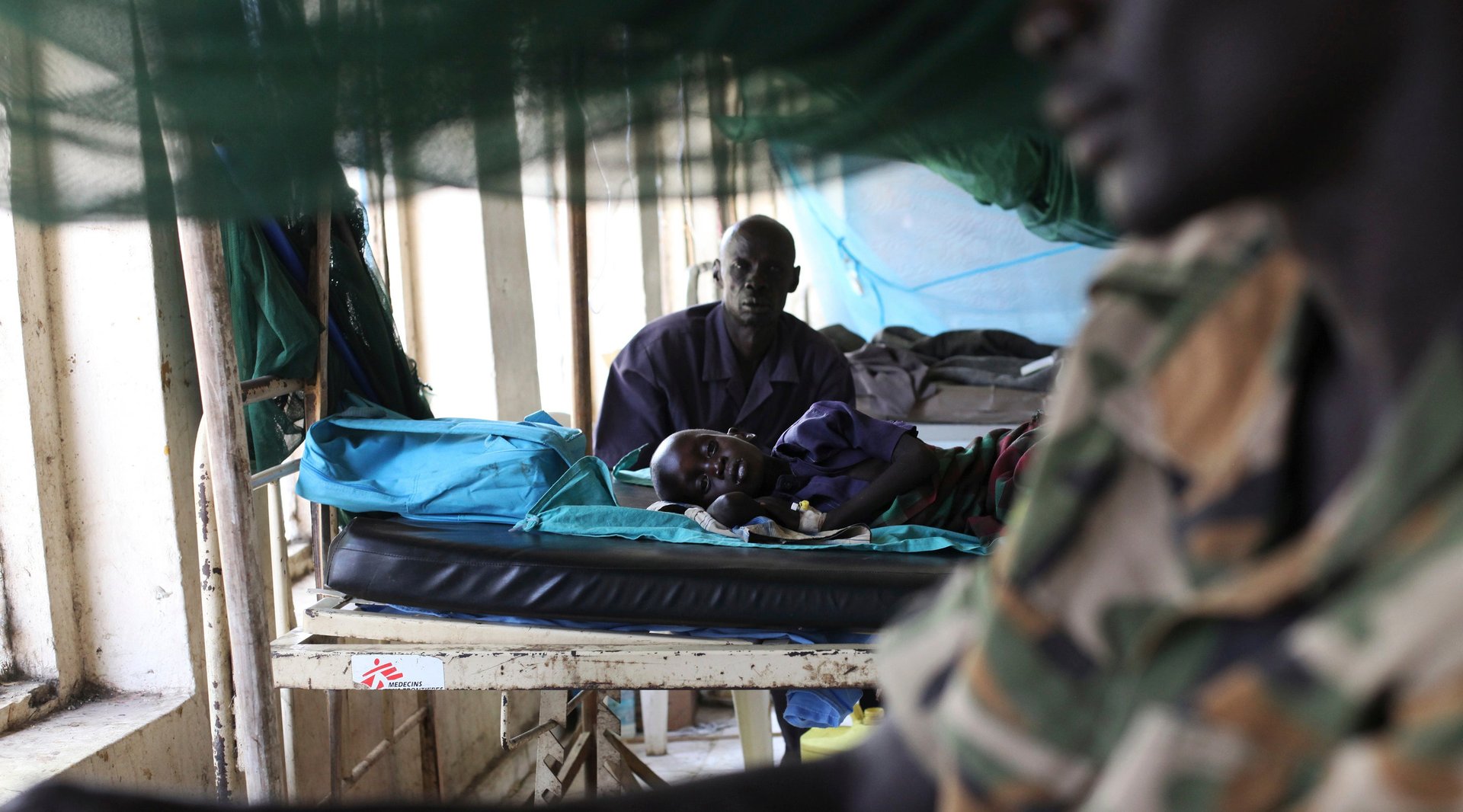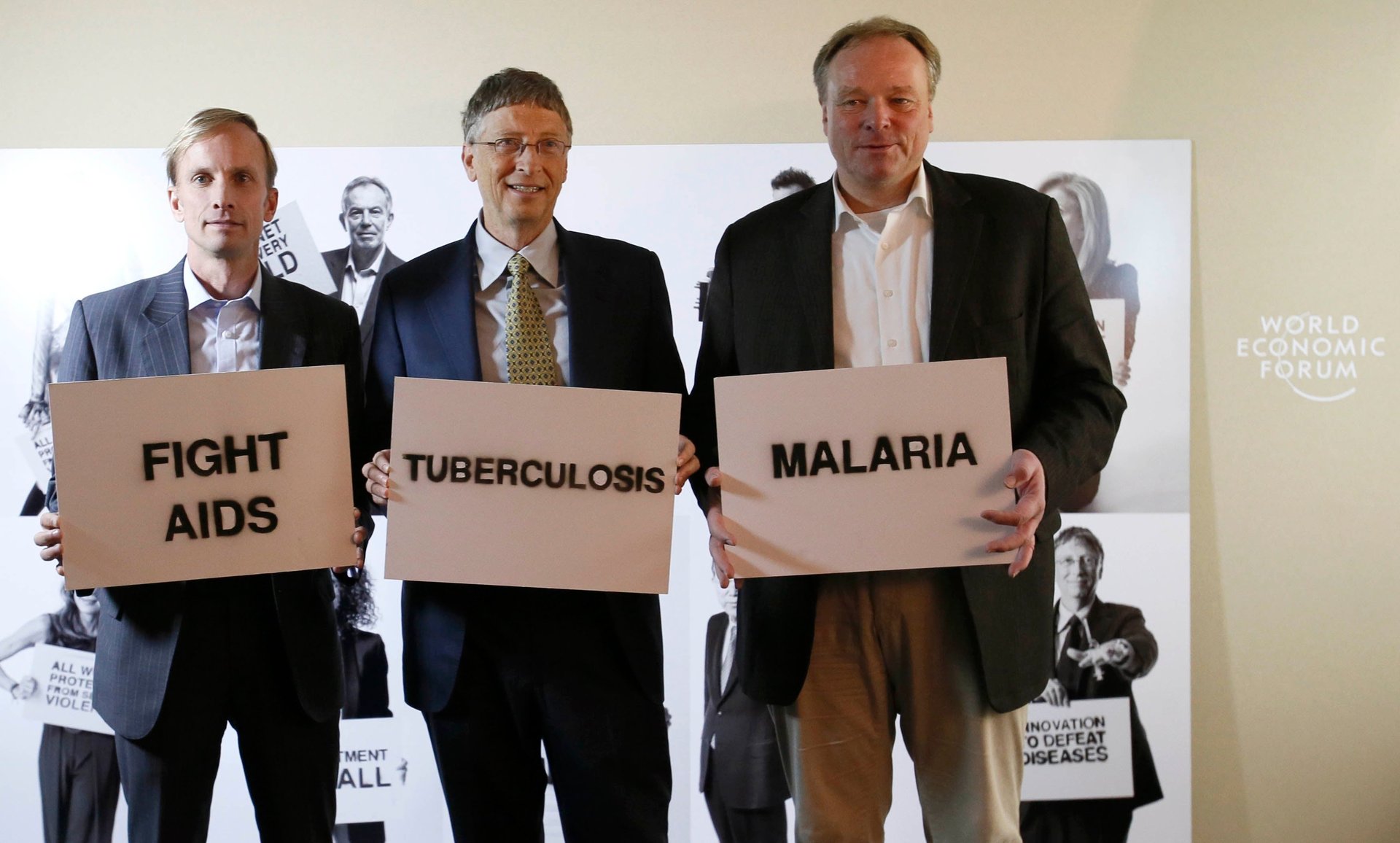Malaria doesn’t have to be a death sentence
The sad truth about malaria is that it continues to be one of the most deadly conditions in the world. In 2013, 128 million people contracted malaria, of whom more than half a million died, and 1.2 billion people were at high risk of contracting the infection. Every minute a person dies from malaria, and by the time you are finished reading this piece, nearly three people will have died.


The sad truth about malaria is that it continues to be one of the most deadly conditions in the world. In 2013, 128 million people contracted malaria, of whom more than half a million died, and 1.2 billion people were at high risk of contracting the infection. Every minute a person dies from malaria, and by the time you are finished reading this piece, nearly three people will have died.
Back in 2000, efforts directed at malaria eradication—removing the parasites that cause malaria from the entire human population—picked up steam again, and these efforts expanded when malaria eradication became a top priority of the Bill and Melinda Gates Foundation. An important goal for clinicians like me, who care for children with the frequently fatal cerebral form of malaria, is to rid the world of these deaths while others continue efforts aimed at ridding the world of malaria.
On this World Malaria Day, it’s critical to remember that the malaria parasite is a formidable and wily foe. It has become deeply entrenched, and bobs and weaves through both its hosts—man and mosquito—with impunity. Within minutes of its injection into the skin by the bite of a female mosquito, it vanishes into the liver, becoming the proverbial needle in a haystack for 7-14 days. Having in that time multiplied thousands-fold, it then emerges into the circulatory system and lives and reproduces within red blood cells. Among the vulnerable, largely young African children, a life threatening illness can develop within days.
Because the parasite and the mosquito can adapt quickly to the introduction of new control methods, eradication of malaria will not be easy or quick. It is encouraging to note that according to the 2014 World Malaria Report, malaria incidence rates have dropped by 26 percent over the last 15 years as a result of increased control and prevention efforts. Progress, yes—but it’s not good enough.
Eliminating malaria deaths (before we have managed to eliminate the parasite) could be pursued by combining two strategies: prompt diagnosis and treatment, which will prevent most early infections from progressing to cause life-threatening disease; and developing new forms of treatment that will help save patients who do develop severe malaria.

We now have highly effective drugs, based on an ancient Chinese remedy, qinghaosu. By 2012, most malaria-endemic countries had adopted these artemisinin compounds and paired them with other antimalarials. This is known as “artemisinin combination therapy,” or ACT, and these are now the drugs of first choice in most malaria-endemic areas. However, the fact that nearly 600,000 people died of malaria in 2013 suggests that many patients are not getting the drugs in time. And the majority of these patients are children.
Rapid diagnostics will help. Malaria parasite antigens can now be detected by health care workers using a finger-prick sample of blood in settings without electricity. No microscopes are needed. In 2013, however, in sub-Saharan Africa, only 61 percent of suspected malaria cases were tested to confirm or exclude the diagnosis, and only about 70 percent of patients with confirmed malaria were treated with ACTs.
Expanding the reach of these two highly effective approaches will save lives. There is a model for how to do this: the AIDS epidemic. A life-long affliction, AIDS is far more difficult to diagnose and much more complicated to treat than malaria. Starting in 2003, efforts to identify HIV-infected individuals and to start them on treatment began, and as a result, HIV/AIDS has been transformed from a death sentence to a chronic disease. If we can alter the care of people living with AIDS in Africa, we can certainly establish the infrastructure required to rapidly diagnose and treat uncomplicated malaria.
And for children who develop the most severe form of the disease, called cerebral malaria, developing new treatments has just become more promising. Until recently, we didn’t understand how children with cerebral malaria die. By using MRI scans, we found that their brains become hugely swollen—so much so that the brain can be forced through the bottom of the skull, compressing the brain stem and causing the patient to stop breathing. With this new knowledge, we should be able to develop effective interventions to save these children’s lives.
It will take time, perhaps a long time, to eradicate this nefarious, tenacious foe. In the meantime, we should focus serious attention and resources on saving lives through rapid diagnosis and novel additional treatments. We have what it takes to eliminate those deaths, so what are we waiting for?